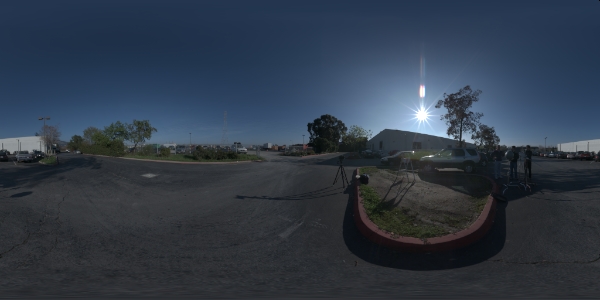
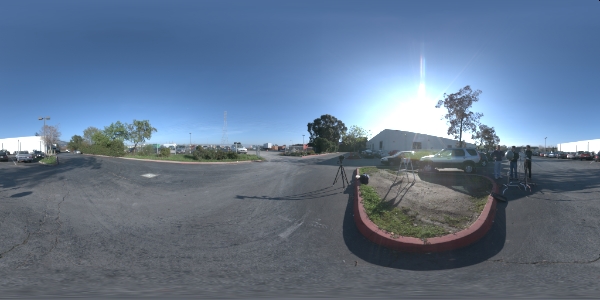
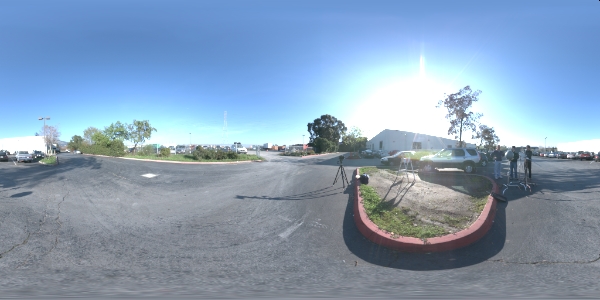
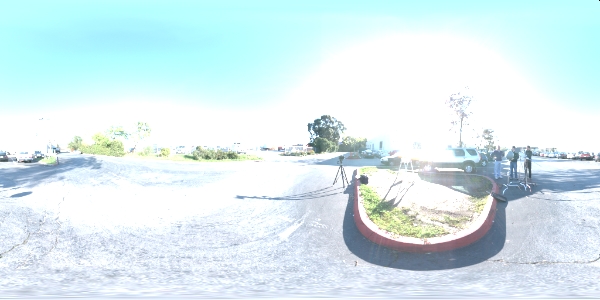
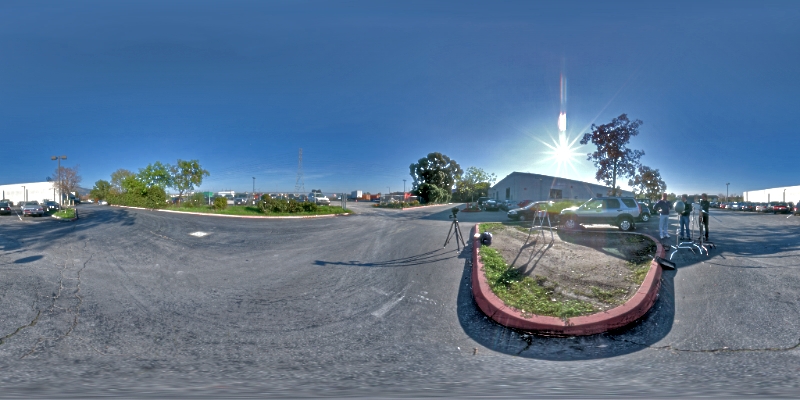
High Dynamic Range Image and Video
Render, Compression and Display
Project Overview
The high dynamic range (HDR) images and videos are the new formats of the multimedia data which contain rich and broad visual information in colors and structures. Only in the recent a few years, with the development of the image and video acquisition devices, the HDR data attract much attention due to their faithful representation of the ubiquitous high contrast scenes in the real world. However, there are still many processing and visualization problems unsolved. For instance, current LCD or CRT monitors have the global contrast no more than 1000:1. They are not capable of showing the visual details of the HDR images in which the contrast may exceed 105:1. Therefore, the high dynamic range should be compressed for the purpose of visualization. Another problem is related to the limitations of the image and video encoding methods, such as MPEG and JPEG, in representing the HDR format. These widely used media data compression standards mostly support 8-bit color channels. Without proper compression of the large-size HDR data, the adoption of this new format in many possible applications is hindered. In this project, we plan to explore the challenging problems of efficiently and robustly rendering, compressing, and visualizing the HDR images or videos. The investigation will be carried out in both the theoretical study and the empirical validation of the novel processing algorithms and visualization devices.
Principal Investigator: Leo Jiaya Jia
This project is supported by the Shun Hing Institute of Advanced Engineering (SHIAE) 2007.
HDR image compression
We introduce an optimization framework to globally reduce the image contrast in high dynamic range. Some intermediate results are shown below. The top 4 images are the displayed HDR image in different exposure setup. It can be observed that the first image is dark but show well the shape of the sun shine. The fourth image is too bright, making the sky saturated. However, the details in the dark regions are revealed. Our method globally reduces the high contrast. The bottom image shows our result with lower contrast and rich details in all pixels.
 |
 |
 |
 |
|
|
|